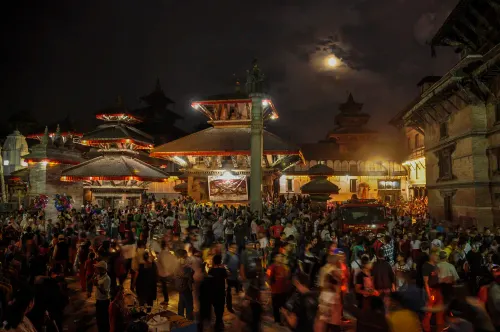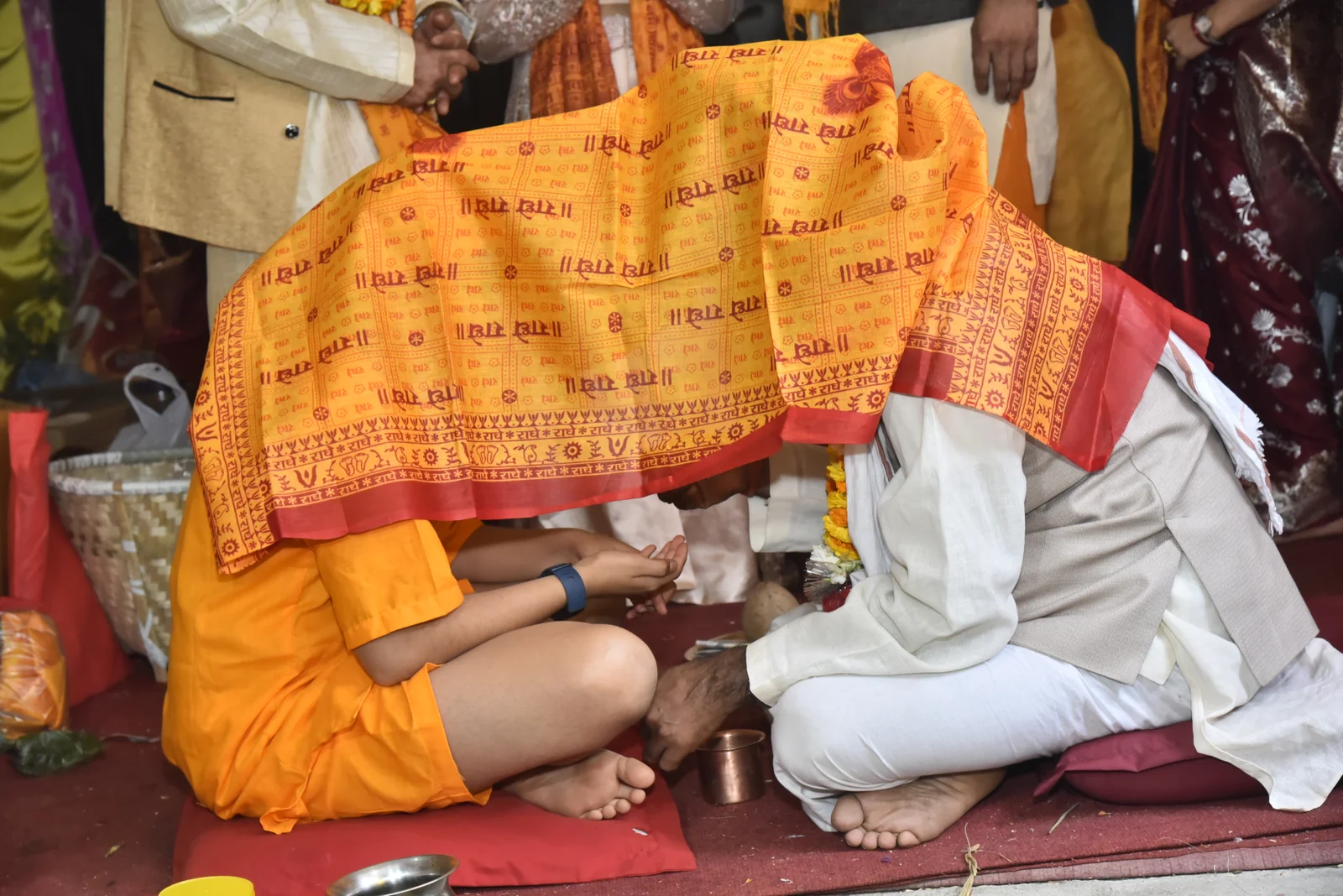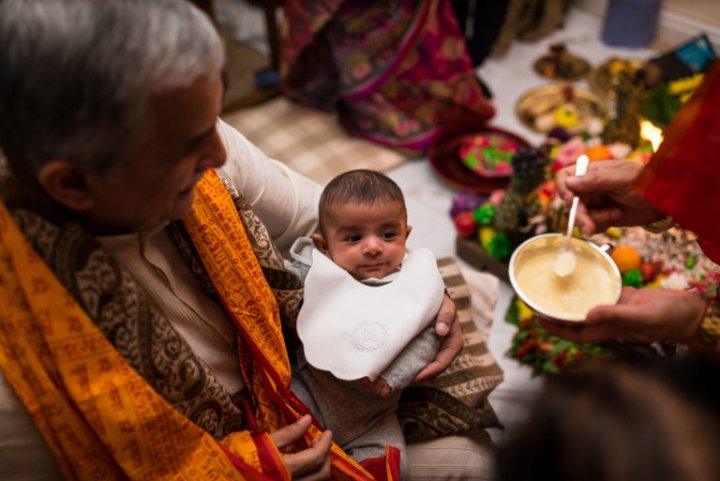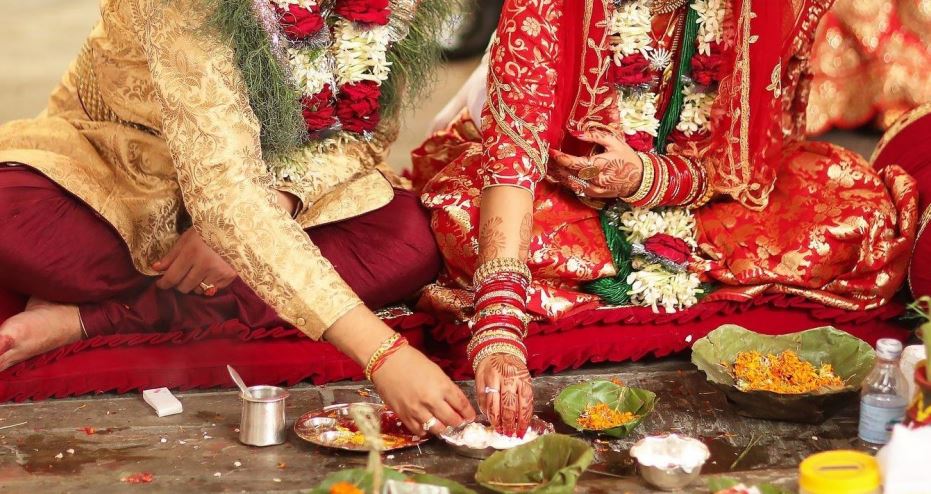Share this Article
In Kathmandu's winding streets, Indra Jatra bursts forth each year—a riot of color, religion, and ageless legend. Much more than Nepal's finest celebration, this eight-day spectacle weaves together myth, gratitude for monsoon rains, and a community rhythm that pulsates through the city. At its core lies the myth of Lord Indra, the godly rain-bringer, but the magic of the festival goes way beyond myth, linking past and present in a dance of masks, chariots, and shared memory.
When Gods Walked the Earth: Stories Behind the Celebration
-
Echoes from the Past:
Long ago, even before written history, the valley farmers likely greeted the departure of the monsoon with offerings to nature forces. Over centuries, these humble rituals blossomed into Indra Jatra, fusing with Hindu and Buddhist ceremonies. Although its exact origin is lost in the mists of time, locals here speak in hushed tones that the
festival actually began the day a disguised god was caught stealing flowers.
-
Indra's Quest and the Power of a Mother's Love:
Around which is the legend of Lord Indra's journey to the Earth in human form, seeking the parijat flower to aid his mother's rituals. Seized when plucking the flower, he was bound at Kathmandu's Maru Hiti. His elephant, Bhairav, ravaged the city until villagers came to recognize divinity in their captive and released him. This captivity and largesse myth echoes the valley's own cycles of suffering and renewal.
-
Raising the Lingam: A Bridge Between Worlds:
The ritual crackles with the raising of the lingam—a tall wooden pole wrapped with sacred cloth. More than ritual, the process stitches earth and heaven together, invoking blessings on the next harvest. With each ascent of the pole, drums boom, and incense smolders, infusing the air with the scent of marigolds.
Masks, Chariots, and the Night's Embrace: Indra Jatra in Experience
-
Chariots Rolling Through Time:
The cobblestones of Kathmandu Durbar Square shudder under the weight of Indra's chariot drawn by devotees who recite with wheels that groan in concord. Above sits a stately figure of Akash Bhairav, its gem-studded eyes surveying the throng. Out emerges the living goddess Kumari meanwhile from her palace, her blood-red silks an explosion of divinity in the sea of humanity.
-
Lakhe Dance:
Where Myth Takes Flesh:With dusk arrives the Lakhe dancers. Wearing ghastly masks and tinkling bells, their spinning dance awakens ancient spirits. To onlookers, these dances are not merely acts—these are a connection to the past, a way of keeping demons at bay and stories alive.
-
Whispers and Offerings:
In addition to the spectacle, there are still moments of tranquility that tie the festival together. Children crowd around smoky butter lamps with their families, offering fruits and rice to Indra. Seniors recite lines from the Bhagavad Gita and children lean toward the chariots that speed by, their laughter intertwined with temple bells.
Threads of Unity in a Divided World
Indra Jatra's most marvelous feat is breaking down barriers. Newar Hindus and Buddhists perform ritual dances together with no hesitation. Shopkeepers' haggling is interrupted so that they will bow to the Kumari. Even Kathmandu's ubiquitous smog is dispelled, as if the gods themselves want to see more clearly.
In a world rushing headlong into modernity, the festival is a defiance. Artisans work for months crafting masks with techniques unchanged for centuries. Valley-edge farmers slog in with offerings fostered in Indra's rains. Every drumbeat, every chant, is a defiant "we remember."
Why Indra Jatra Endures
It is not sufficient to call it a "cultural heritage.".
Indra Jatra is Kathmandu in flesh and blood—a testament to the fact that a city's identity is not etched in stone but danced into being every year. Globalization is making traditions everywhere else homogenous, but this one thrives not by dogged preservation but innovation. Smartphones capture the frenzy of the Lakhe nowadays, but the dances remain unchanged. Tourist guides tell the mythologies, but the glistening tears in the eyes of an old lady when the chariot passes? Those cannot be translated.
A Journey Through Time
For visitors, Indra Jatra is more than a snapshot. It's a chance to become part of a story where gods and demons and humans share the same streets. Taste the hot ‘ayla’ spirit passed around mobs. Feel the primal rush of drums thudding against your chest. Catch a glimpse of a masked dancer's gaze and for a moment believe the myths are real.
In Kathmandu, where earthquakes and politics redefine existence, Indra Jatra is not. It requires no allegiance to religion or caste—only that you dance, honor the rains, and remember the day a god learned humility among mortals.
Conclusion
Indra Jatra is more than a festival—nay, it is living mythology woven in the fabric of Kathmandu. It unites, bridging religious and cultural divisions, updating timeless mythos to fit today's tempo in a hectic, up-to-the-minute celebration. Under each wheel of each chariot spin, under every mask dance and silent offering, the city relives the past but constructs an alive future. Indra Jatra endures because it is not merely preserved—it evolves, a testament to the strength and courage of a people who believe that their past is best kept alive through the beat of celebration.
Categories:
Culture & Traditions
Tags:
LivingTraditionsNepal
,
KathmanduCelebrates
,
FestivalOfLegends








